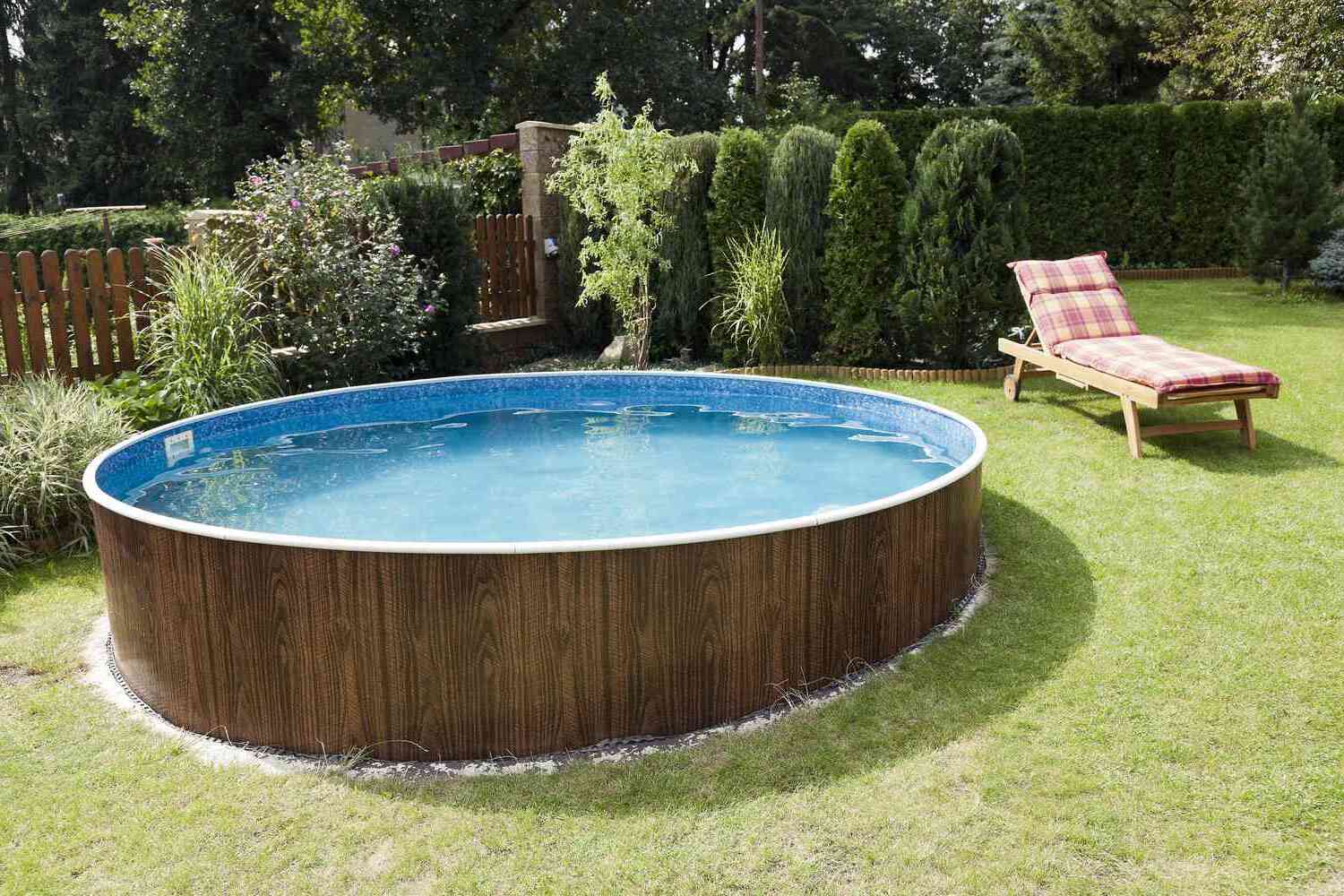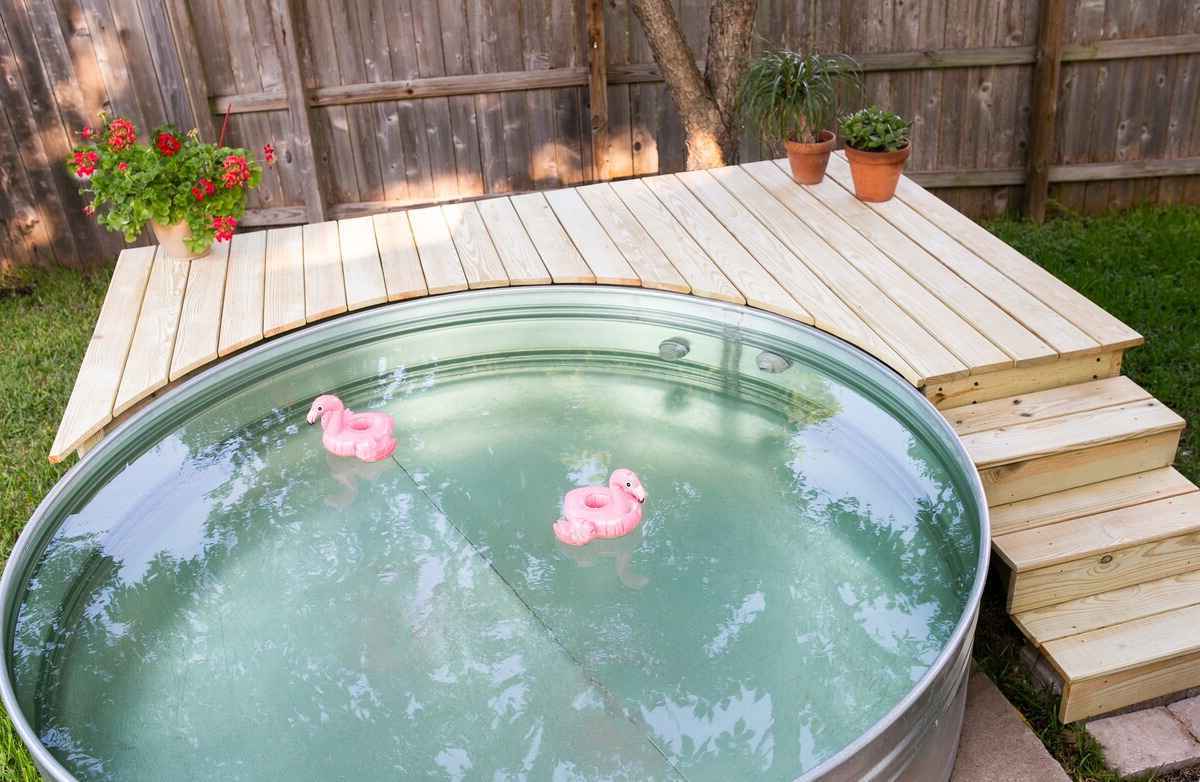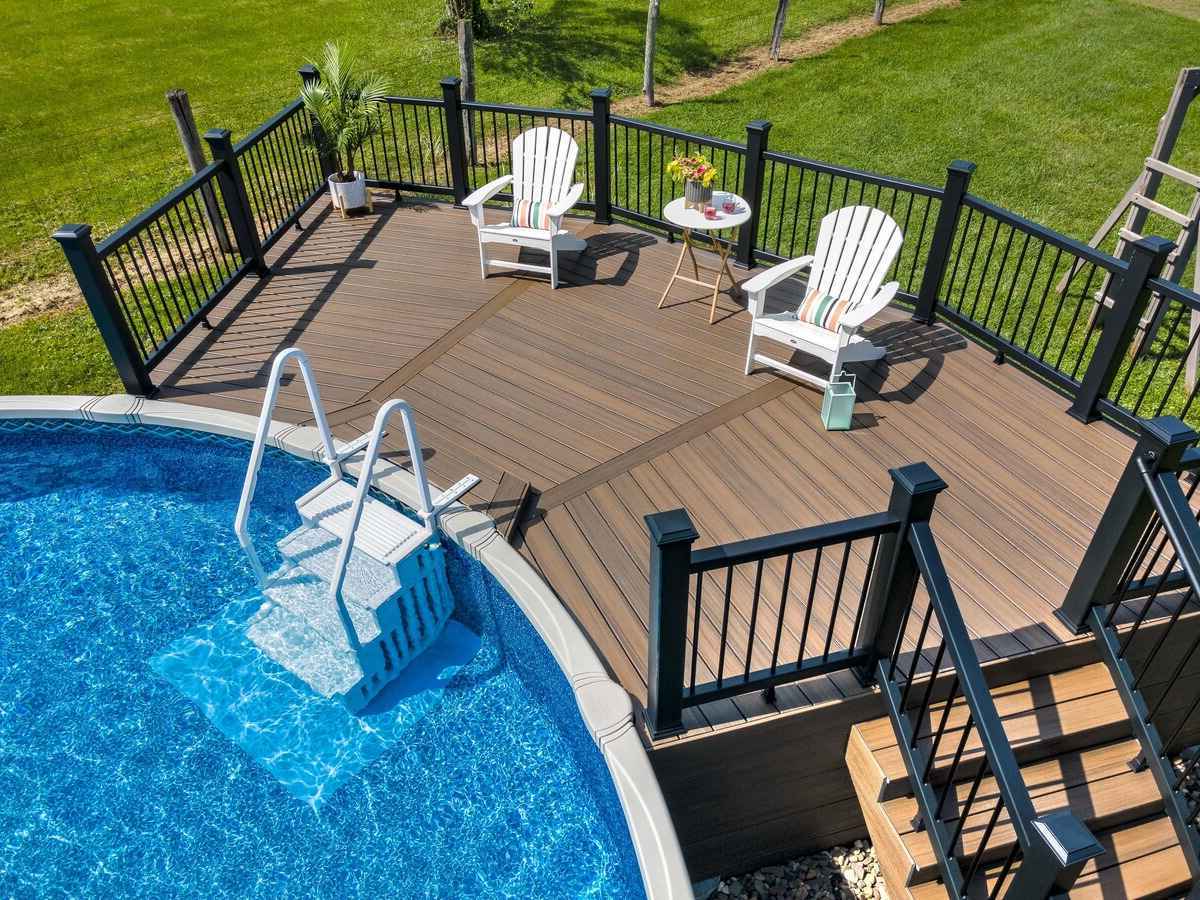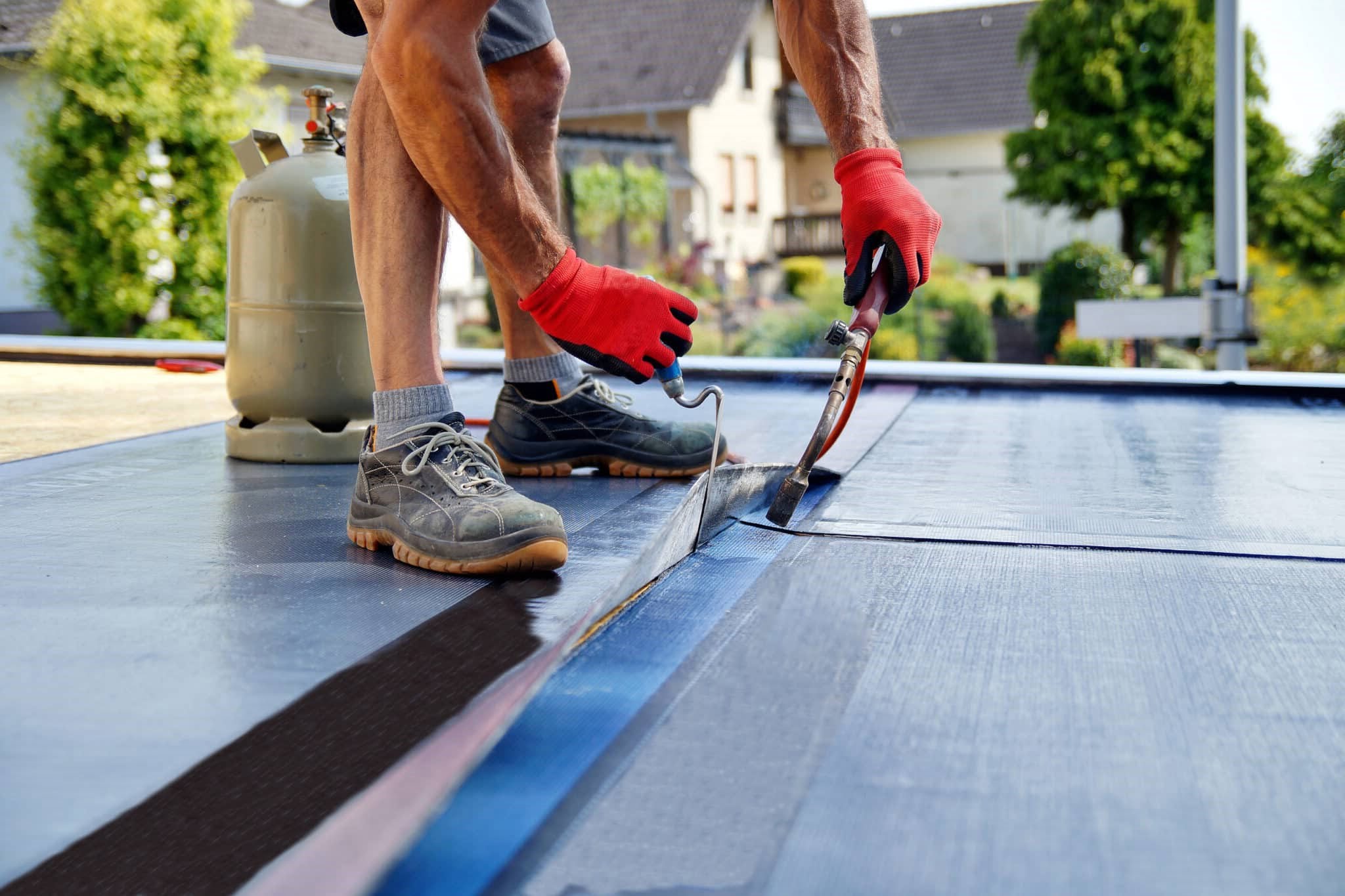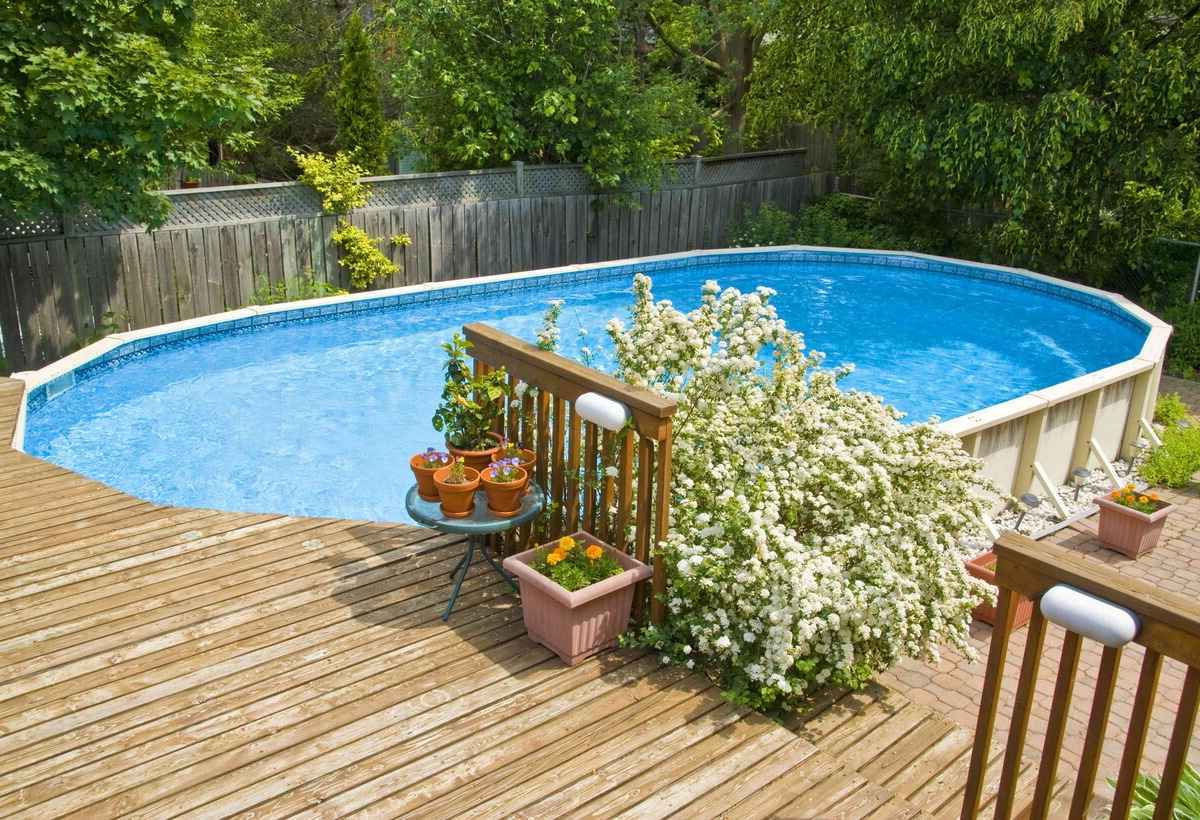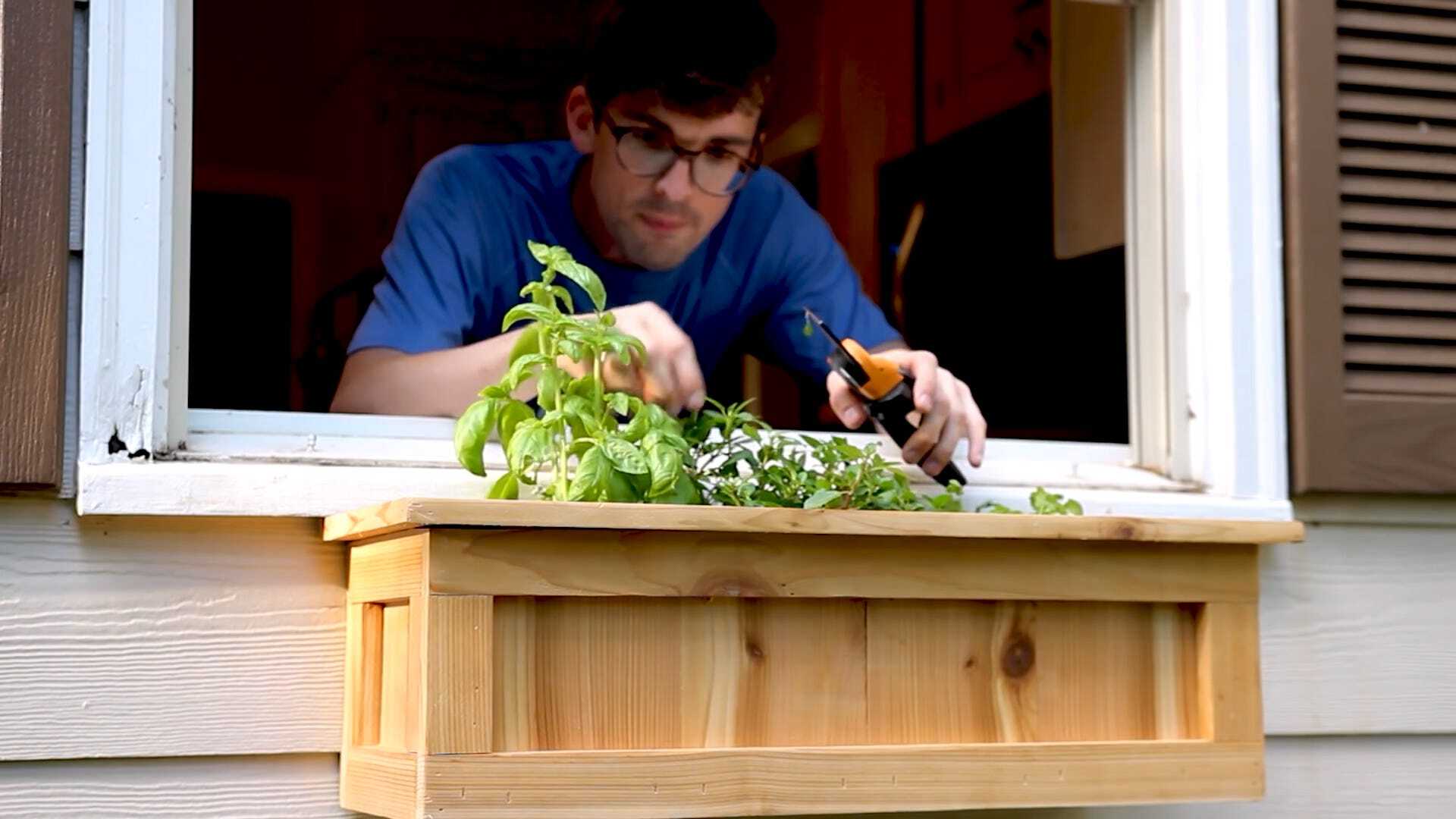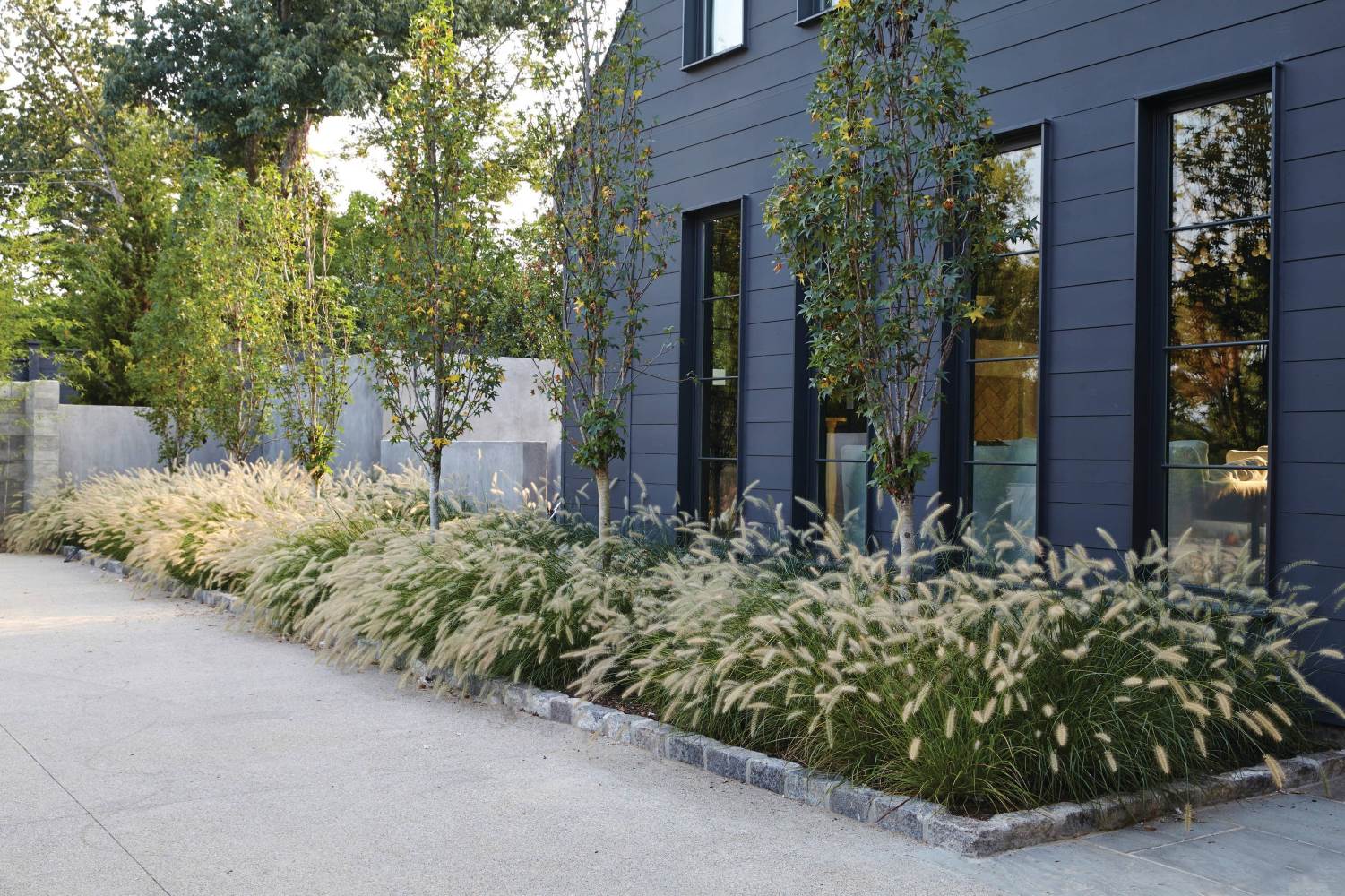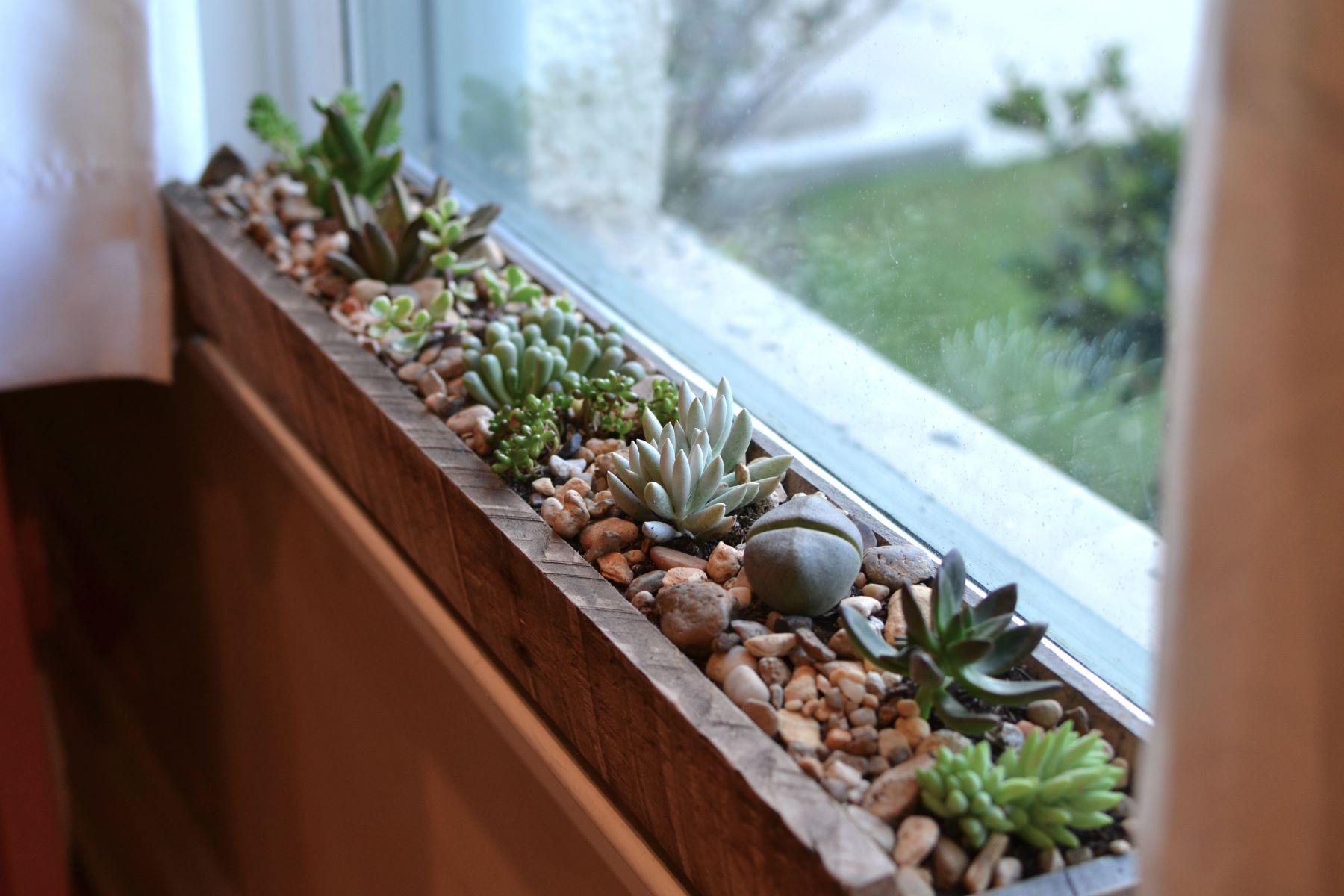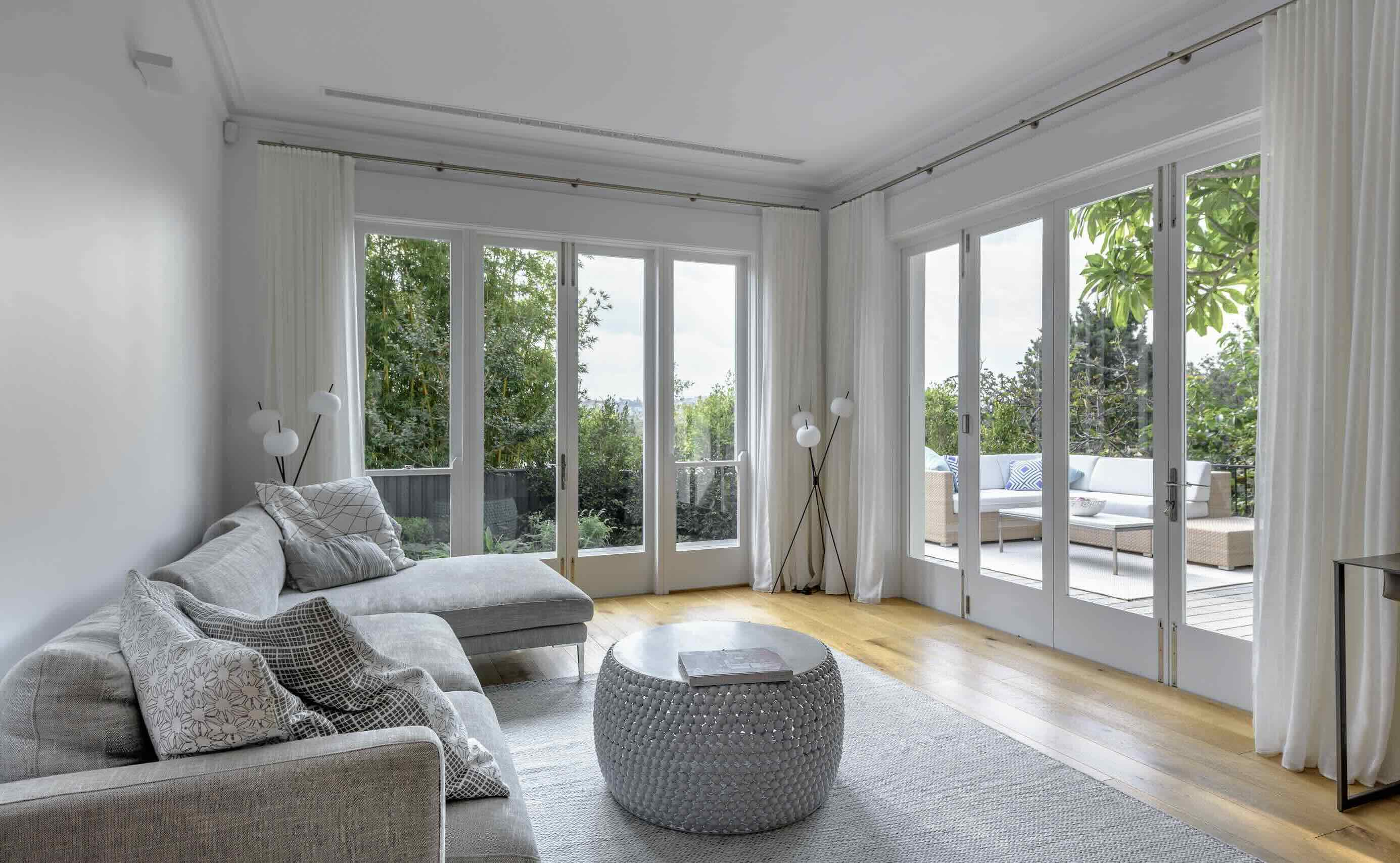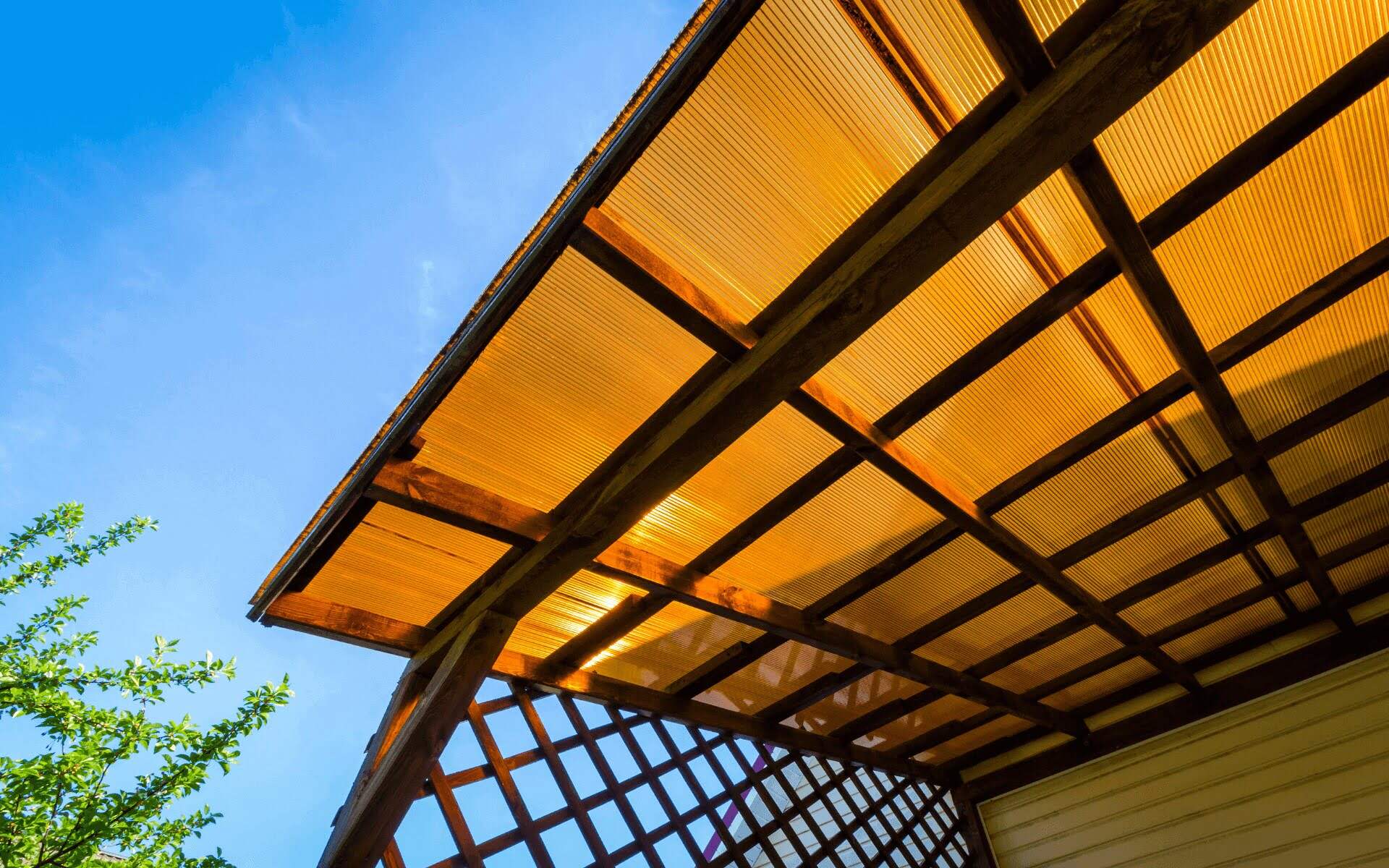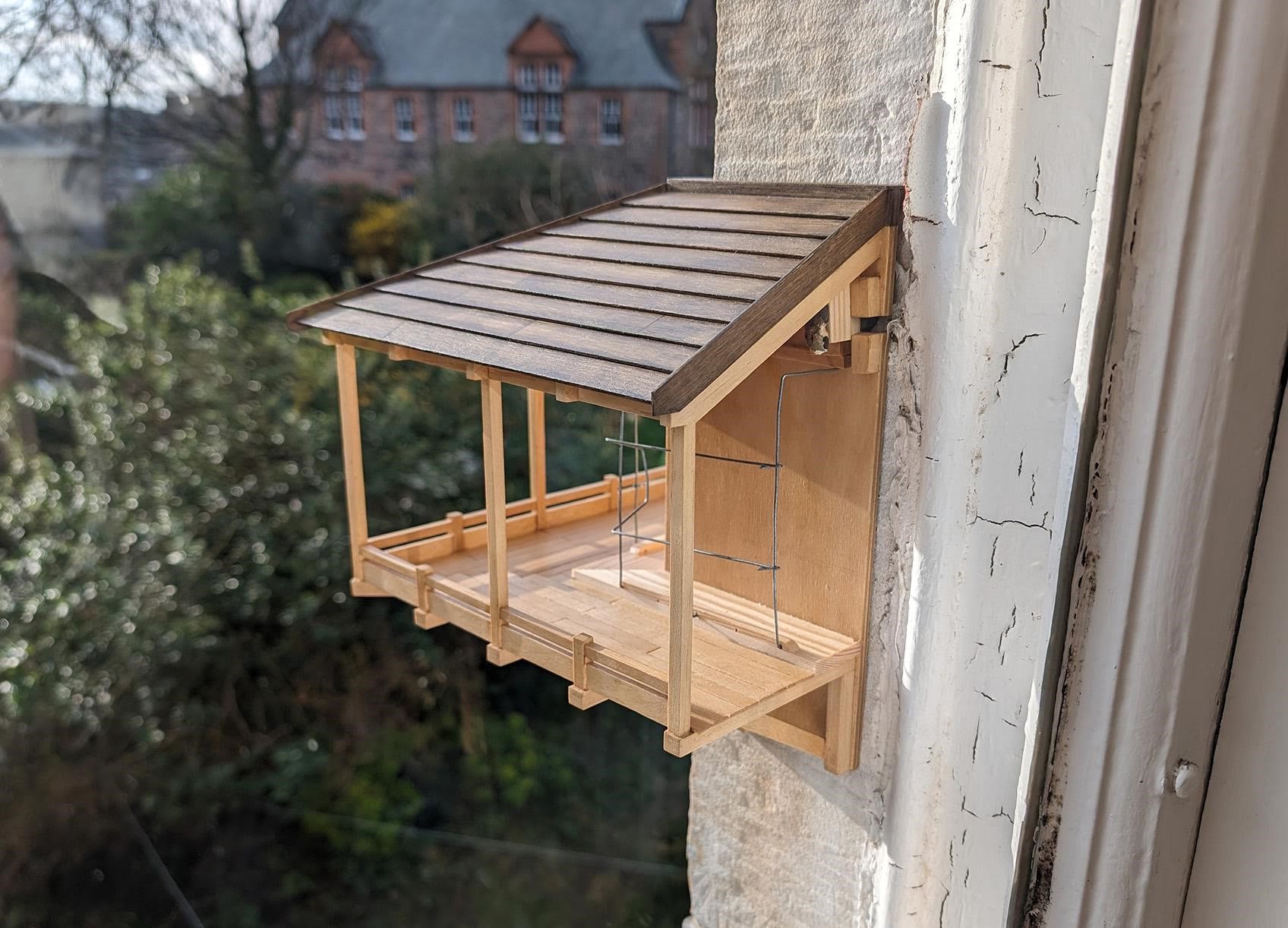Home>Outdoors & Camping>Landscaping>How To Build A Natural Swimming Pool
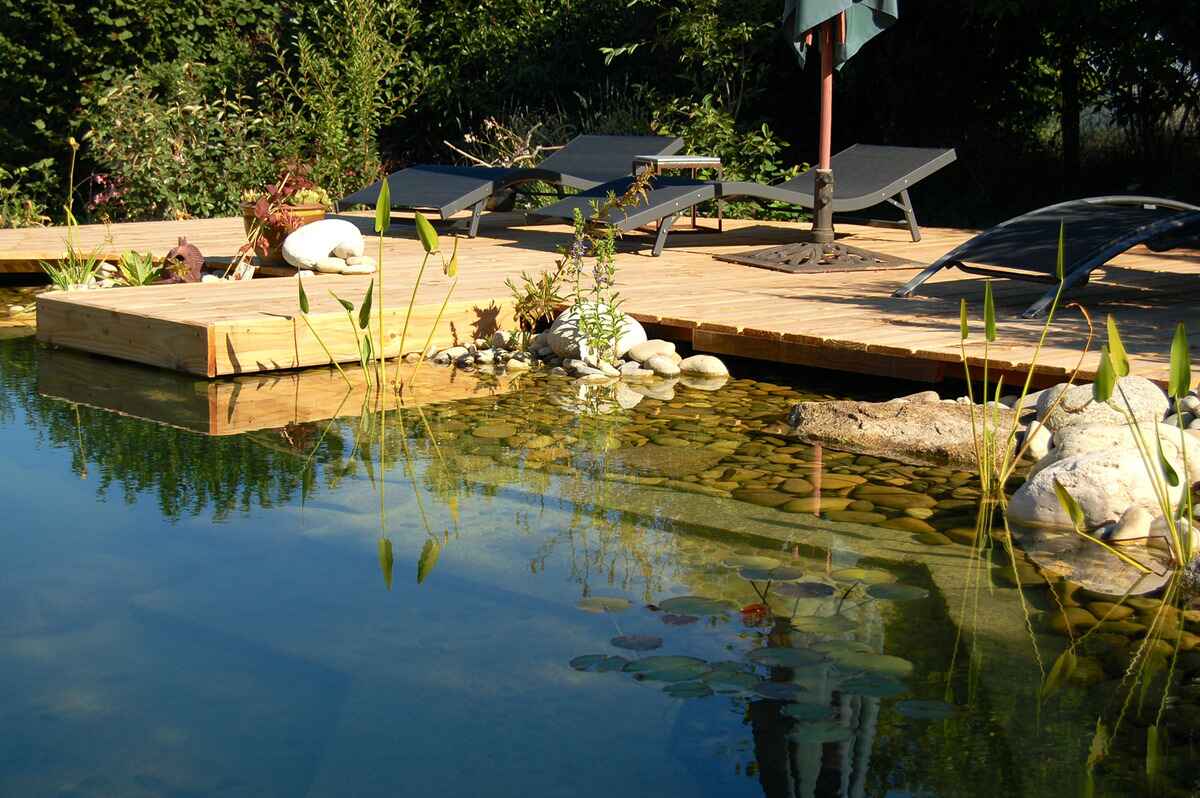

Landscaping
How To Build A Natural Swimming Pool
Published: February 20, 2024

Content Creator for Outdoors & Camping, Sophie turns any yard into a sustainable paradise. Her dedication to DIY outdoor projects and volunteer work in community gardens shares joy and knowledge.
Learn how to incorporate a natural swimming pool into your landscaping design for a beautiful and eco-friendly outdoor space. Discover the steps to create a stunning oasis in your backyard.
(Many of the links in this article redirect to a specific reviewed product. Your purchase of these products through affiliate links helps to generate commission for Twigandthistle.com, at no extra cost. Learn more)
Introduction
Creating a natural swimming pool is a harmonious blend of landscaping and aquatic design, offering a sustainable and eco-friendly alternative to traditional chlorine-based pools. These unique aquatic oases seamlessly integrate into the surrounding landscape, providing a serene and visually stunning addition to any property. Natural swimming pools, also known as swimming ponds, are designed to mimic the beauty and purity of natural bodies of water, offering a refreshing and chemical-free swimming experience.
Unlike conventional pools, natural swimming pools utilize a self-regulating ecosystem to maintain water clarity and purity. This is achieved through the strategic combination of aquatic plants, beneficial bacteria, and natural filtration systems, which work in harmony to keep the water clean and balanced. The result is a crystal-clear swimming area that coexists with a separate regeneration zone, where aquatic plants thrive and contribute to the overall health of the ecosystem.
One of the most captivating aspects of natural swimming pools is their seamless integration with the surrounding landscape. These pools can be customized to reflect the aesthetic and natural elements of their environment, whether it's a lush garden, a tranquil woodland, or a modern architectural setting. The design possibilities are endless, allowing homeowners to create a personalized retreat that complements their outdoor living space.
In addition to their aesthetic appeal, natural swimming pools offer a host of environmental benefits. By eliminating the need for harsh chemicals, these pools support biodiversity and promote a healthier ecosystem. They also conserve water by minimizing evaporation and reducing the need for frequent refilling. Furthermore, the presence of aquatic plants and natural filtration systems helps to improve air quality and support local wildlife, making natural swimming pools a sustainable choice for eco-conscious homeowners.
In the following sections, we will delve into the step-by-step process of creating a natural swimming pool, from initial planning and design to ongoing maintenance. By understanding the intricacies of each stage, homeowners and landscape enthusiasts can embark on the journey of transforming their outdoor space into a captivating and sustainable aquatic retreat.
Read more: How To Build A Cheap Swimming Pool
Planning and Design
The planning and design phase of a natural swimming pool is a crucial step that sets the foundation for a successful and visually captivating aquatic retreat. This stage involves careful consideration of the landscape, the desired size and shape of the pool, and the integration of natural elements to create a harmonious ecosystem.
To begin, it's essential to assess the available space and topography of the site where the natural swimming pool will be constructed. Factors such as sunlight exposure, existing vegetation, and soil composition play a pivotal role in determining the optimal location for the pool. By conducting a thorough site analysis, homeowners can identify the most suitable area that aligns with their vision for the natural swimming pool.
The next step involves conceptualizing the design of the pool, taking into account the desired shape, depth, and overall aesthetic. Natural swimming pools can be customized to blend seamlessly with the surrounding landscape, whether it's a free-form design that mimics a natural pond or a more contemporary geometric shape that complements modern architecture. The design phase also encompasses the incorporation of additional features such as waterfalls, rock formations, and shallow planting areas, which enhance the visual appeal and ecological functionality of the pool.
Furthermore, the planning and design process involves determining the size of the swimming area and the regeneration zone, where aquatic plants and natural filtration systems will thrive. This balance is essential for creating a self-sustaining ecosystem that promotes water clarity and purity. Careful consideration is given to the circulation and flow of water, ensuring that the entire pool remains well-oxygenated and conducive to aquatic life.
In addition to the physical design aspects, the planning phase also involves selecting the appropriate aquatic plants and natural filtration components that will contribute to the overall health of the ecosystem. This includes choosing a diverse array of water plants, such as water lilies, irises, and submerged oxygenators, which not only enhance the visual appeal of the pool but also play a vital role in maintaining water quality.
By meticulously planning and designing the natural swimming pool, homeowners can lay the groundwork for a sustainable and visually stunning aquatic retreat that seamlessly integrates with the surrounding landscape. This phase sets the stage for the subsequent construction and implementation of the pool, ensuring that every aspect is carefully considered to achieve a harmonious and eco-friendly outdoor oasis.
Excavation and Shaping
Excavation and shaping mark the transformative phase in the construction of a natural swimming pool, where the vision begins to take tangible form. This crucial stage involves the excavation of the pool area and the shaping of the pool structure to align with the planned design and dimensions.
The process commences with the careful marking of the pool's perimeter, outlining the shape and size that was meticulously planned during the initial design phase. This serves as a guide for the excavation, ensuring that the pool's dimensions are accurately translated from concept to reality. The excavation itself is a meticulous task, often involving heavy machinery and skilled operators who carefully remove the soil to create the desired depth and contours of the pool.
As the excavation progresses, the shaping of the pool structure begins to take shape, with attention to creating a smooth and natural transition between the swimming area and the regeneration zone. This is a critical aspect of the process, as it establishes the foundation for the pool's ecological functionality. The regeneration zone, which houses the aquatic plants and natural filtration components, is carefully integrated into the pool's design, creating a seamless and visually appealing transition between the two zones.
In addition to excavating the pool area, the construction of the pool walls and floor takes place during this phase. The walls are often constructed using a combination of concrete and waterproof membranes, ensuring structural integrity and water containment. The floor is also meticulously shaped to accommodate the desired depth and contours, creating a natural and inviting environment for swimmers and aquatic life alike.
Furthermore, the excavation and shaping phase involves the installation of any additional features, such as rock formations, waterfalls, or shallow planting areas, which enhance the aesthetic and ecological appeal of the pool. These elements are strategically integrated into the pool's design, adding character and functionality to the overall aquatic environment.
By the completion of the excavation and shaping phase, the natural swimming pool begins to emerge as a harmonious blend of art and ecology, with the landscape transformed into a captivating aquatic retreat. The careful excavation and shaping of the pool area lay the groundwork for the subsequent installation of the filtration system, the addition of aquatic plants, and the final balancing of the water, bringing the vision of a natural swimming pool one step closer to reality.
Installing the Filtration System
The installation of the filtration system is a pivotal stage in the construction of a natural swimming pool, as it forms the backbone of the pool's self-regulating ecosystem. This phase involves the implementation of natural filtration components that work in harmony to maintain water clarity, purity, and ecological balance.
The primary component of the filtration system is the biological filter, which serves as the cornerstone of the pool's ecological functionality. This filter is designed to facilitate the growth of beneficial bacteria, which play a crucial role in breaking down organic matter and impurities in the water. The installation of the biological filter involves careful placement within the regeneration zone, where it becomes an integral part of the pool's natural ecosystem.
In addition to the biological filter, the installation of a mechanical filtration system further enhances the water quality of the natural swimming pool. This may include the integration of skimmers, which effectively remove debris and surface contaminants, as well as pumps and circulation systems that ensure the continuous flow and oxygenation of the water. These mechanical components work in tandem with the biological filter to maintain a balanced and healthy aquatic environment.
Furthermore, the installation of the filtration system encompasses the integration of aeration devices, such as bubblers or fountains, which promote oxygenation and circulation within the pool. These features not only contribute to the overall aesthetic appeal of the pool but also play a vital role in supporting the growth of aquatic plants and beneficial microorganisms.
The selection and installation of the filtration components are tailored to the specific design and size of the natural swimming pool, ensuring that the system is optimized for maximum efficiency and ecological functionality. Careful consideration is given to the circulation and flow of water, as well as the strategic placement of filtration components to facilitate comprehensive water treatment.
By the completion of the filtration system installation, the natural swimming pool begins to embody a self-sustaining aquatic ecosystem, where the combined efforts of biological, mechanical, and aeration components work in harmony to maintain water clarity and purity. This phase sets the stage for the subsequent addition of aquatic plants and natural elements, further enriching the ecological diversity and visual appeal of the natural swimming pool.
Adding Plants and Natural Elements
The addition of plants and natural elements marks a transformative phase in the creation of a natural swimming pool, where the aquatic environment begins to flourish with vibrant greenery and ecological diversity. This stage involves the strategic integration of aquatic plants, rocks, and other natural elements to enhance the visual appeal and ecological functionality of the pool.
Aquatic plants play a pivotal role in maintaining the ecological balance of the natural swimming pool. These plants are carefully selected based on their ability to oxygenate the water, absorb nutrients, and provide habitat for beneficial microorganisms. The inclusion of a diverse array of water plants, such as water lilies, irises, and submerged oxygenators, contributes to the overall health and clarity of the pool water. Additionally, the strategic placement of these plants within the regeneration zone creates a thriving habitat for aquatic life, further enriching the pool's ecosystem.
In addition to aquatic plants, the incorporation of natural elements such as rocks, boulders, and driftwood adds character and aesthetic appeal to the natural swimming pool. These elements are thoughtfully positioned to create visually captivating features, such as cascading waterfalls, shallow planting areas, and naturalistic shorelines. The integration of rocks and boulders also serves a functional purpose, providing shelter for aquatic life and contributing to the overall ecological balance of the pool.
Furthermore, the addition of natural elements extends beyond the pool itself, encompassing the surrounding landscape and hardscape features. Native vegetation, such as ornamental grasses, flowering perennials, and native shrubs, can be incorporated to seamlessly blend the natural swimming pool with the surrounding environment. This creates a cohesive and harmonious outdoor space that reflects the beauty and diversity of the local ecosystem.
By carefully adding plants and natural elements, the natural swimming pool evolves into a captivating aquatic retreat that harmoniously coexists with the surrounding landscape. The strategic integration of aquatic plants, rocks, and native vegetation creates a visually stunning and ecologically rich environment, offering homeowners a sustainable and enchanting outdoor oasis.
Read more: How To Build A Pool
Filling and Balancing the Water
Filling and balancing the water in a natural swimming pool is a critical step that ensures the creation of a healthy and sustainable aquatic environment. This phase involves the careful addition of water to the pool, as well as the implementation of measures to achieve and maintain the optimal chemical and biological balance within the ecosystem.
The process begins with the gradual filling of the pool with water, a task that requires attention to detail and precision. It is essential to use high-quality water from a reliable source, free from contaminants and chemical additives. The gradual filling of the pool allows for the natural acclimatization of the water, minimizing disturbances to the ecosystem and promoting a smooth transition for aquatic life and plants.
Once the pool is filled to the desired level, the focus shifts to balancing the water chemistry and establishing the necessary biological equilibrium. Unlike traditional chlorine-based pools, natural swimming pools rely on a self-regulating ecosystem to maintain water clarity and purity. This is achieved through the establishment of a balanced relationship between aquatic plants, beneficial bacteria, and natural filtration components.
The biological balance of the pool is maintained through the strategic integration of aquatic plants, which play a crucial role in oxygenating the water, absorbing nutrients, and providing habitat for beneficial microorganisms. These plants contribute to the overall health of the ecosystem, helping to regulate water quality and support the growth of a diverse array of aquatic life.
In addition to the presence of aquatic plants, the establishment of a healthy biological balance involves the gradual colonization of beneficial bacteria within the pool. These bacteria play a pivotal role in breaking down organic matter and impurities, contributing to the natural filtration and purification of the water. The gradual development of this bacterial community is essential for maintaining water clarity and ecological equilibrium within the natural swimming pool.
Furthermore, the balancing of the water encompasses the monitoring and adjustment of key parameters such as pH levels, alkalinity, and nutrient concentrations. These factors are carefully managed to create an environment that is conducive to the growth of aquatic plants and beneficial microorganisms, while minimizing the presence of algae and undesirable contaminants.
By meticulously filling and balancing the water, homeowners and landscape enthusiasts can ensure the creation of a thriving and sustainable natural swimming pool. This phase sets the stage for the ongoing maintenance and care of the pool, fostering a self-sustaining aquatic ecosystem that offers a chemical-free and visually captivating swimming experience.
Maintenance and Care
Maintaining a natural swimming pool involves a holistic approach to preserving the ecological balance and visual appeal of the aquatic environment. Regular maintenance and attentive care are essential to ensure that the pool remains a thriving and sustainable ecosystem, providing homeowners with a chemical-free and rejuvenating swimming experience.
One of the key aspects of maintenance involves the ongoing care of aquatic plants within the natural swimming pool. Regular pruning and thinning of aquatic vegetation help to maintain a balanced ecosystem, preventing overgrowth and ensuring optimal oxygenation and nutrient absorption. Additionally, the removal of decaying plant matter and debris contributes to water clarity and prevents the accumulation of organic material that could disrupt the pool's ecological equilibrium.
Monitoring and maintaining water quality is another crucial component of natural swimming pool care. Regular testing of pH levels, alkalinity, and nutrient concentrations allows homeowners to make informed adjustments to maintain a healthy aquatic environment. This may involve the addition of natural additives or the implementation of eco-friendly treatments to address imbalances and promote the overall well-being of the pool.
Furthermore, the maintenance of the filtration system is paramount to the long-term health of the natural swimming pool. This includes routine inspection and cleaning of biological and mechanical filtration components to ensure optimal functionality. Regular maintenance of pumps, skimmers, and aeration devices helps to sustain efficient water circulation and oxygenation, contributing to the overall clarity and purity of the pool water.
In addition to these proactive measures, seasonal care and preparation are essential for the continued vitality of the natural swimming pool. This may involve winterizing the pool to protect aquatic plants and filtration components during colder months, as well as implementing strategies to mitigate the impact of seasonal changes on water quality and ecosystem balance.
By embracing a comprehensive approach to maintenance and care, homeowners can enjoy the rewards of a natural swimming pool that thrives as a self-sustaining and visually captivating aquatic retreat. The ongoing commitment to ecological balance and attentive care ensures that the pool remains a harmonious extension of the surrounding landscape, offering a sanctuary for both swimmers and the diverse array of aquatic life that call it home.
Conclusion
In conclusion, the creation of a natural swimming pool represents a harmonious fusion of art, ecology, and sustainable living. From the initial planning and design stages to the meticulous excavation, shaping, and integration of natural elements, every aspect of constructing a natural swimming pool is a testament to the seamless coexistence of human ingenuity and the beauty of the natural world.
The journey of building a natural swimming pool is not merely a construction project; it is a transformative endeavor that fosters a deep connection with the surrounding landscape. By carefully considering the topography, sunlight exposure, and existing vegetation, homeowners and landscape enthusiasts embark on a journey of harmonizing their outdoor space with the principles of ecological balance and aesthetic harmony.
The integration of aquatic plants, natural filtration systems, and carefully selected natural elements further enriches the pool's ecosystem, creating a self-sustaining aquatic retreat that supports biodiversity and promotes a healthier environment. The presence of vibrant water plants, the soothing sound of cascading waterfalls, and the naturalistic shorelines all contribute to the visual appeal and ecological functionality of the natural swimming pool.
Moreover, the commitment to ongoing maintenance and attentive care ensures that the pool remains a thriving and sustainable ecosystem, offering a chemical-free and rejuvenating swimming experience. By embracing a holistic approach to pool care, homeowners can enjoy the rewards of a natural swimming pool that coexists with the surrounding landscape, providing a sanctuary for both swimmers and the diverse array of aquatic life that call it home.
In essence, the journey of building a natural swimming pool transcends the mere creation of a recreational space; it is a testament to the enduring harmony between human habitation and the natural world. Through thoughtful planning, meticulous construction, and ongoing care, a natural swimming pool becomes a living embodiment of sustainable living, ecological balance, and the timeless allure of the natural world.

